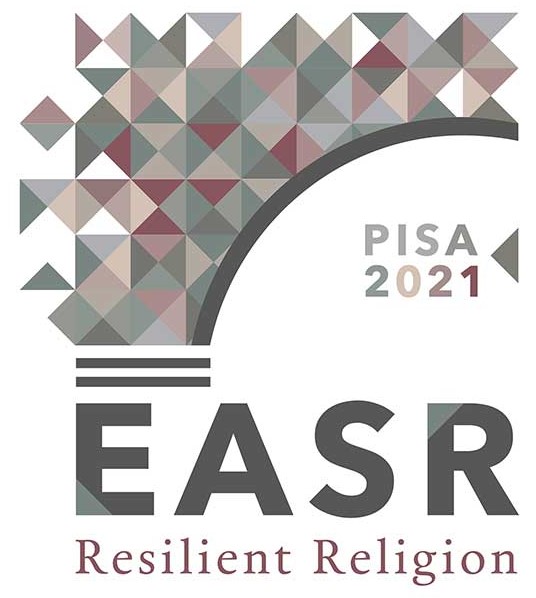Resilience, Change, and Magic in Late Antiquity
This open session will focus on the relationship between the rubrics resilience, change, and magic as it pertains to the study of late antiquity. Since personal crises and the juxtapositions of old and new authoritative traditions are commonly found in the ancient sources deemed “magical,” late antique magic constitutes a particularly fruitful thematic site for reflecting on resilience and related concepts.
Scholars have long noted that the various late ancient Mediterranean texts, objects, and rituals we describe as “magical” (e.g., amulets, incantation bowls, defixiones [i.e., curse tablets], and the so-called Greek Magical Papyri [PGM]) often deployed names for gods, sacred texts, and the like in an ad-hoc fashion. These experimental assemblages or bricolages of authoritative traditions reflect the creative capacity of ancient ritual specialists to adapt and to modify what they inherited in order to manage personal crises of health, competition, and demonic onslaught. At the same time, these authoritative traditions were resilient; the extant record attests to the fact that certain divine names (e.g., Iaô Sabaôth, Jesus, Abrasax, and Horus) and sacred traditions (e.g., biblical texts) persisted over several centuries and transgressed diverse regional boundaries.
Yet this temporal persistence and wide geographical distribution of motifs raises probing questions about the heuristic utility of resilience and change for the study of late antique magic. Does the reconceptualization of a particular name for god by a new religious community in a magical context constitute resilience or change? Late antique Christian practitioners, for instance, incorporated into their magical texts names for God inherited from other communities and traditions (e.g., Iaô Sabaôth, Abrasax). In many cases, such names were reimagined and presented as completely “Christian” (i.e., without any hint of “Jewish” or “Pagan” associations). Many late antique Jewish practitioners engaged in similar practices. Are such instances best conceptualized in reference to the categories resilience and change? Would it be more helpful to apply to these situations a different analytical model altogether?
This complex interface of the categories magic, resilience, and change – as it relates to the study of late antiquity – stands at the heart of this open session. Papers might present cases studies that illuminate the diverse ways ancient ritual specialists creatively – if only momentarily or experimentally – engaged with traditional and new religious motifs, divine names, sacred texts, and even material formats. Papers might also explore the theoretical or methodological implications of a focus on resilience and change. How do such concepts recast common categories, such as syncretism and exoticism, especially as it pertains to the study of late antique magic? What are the implications of the terms resilience and change for the very category magic and its controversial relationships to other terms (e.g., religion and science)? Conversely, how does the magical evidence from late antiquity augment the categories resilience and change for the study of (late antique) religion?
Joseph Sanzo: joseph.sanzo@unive.it
